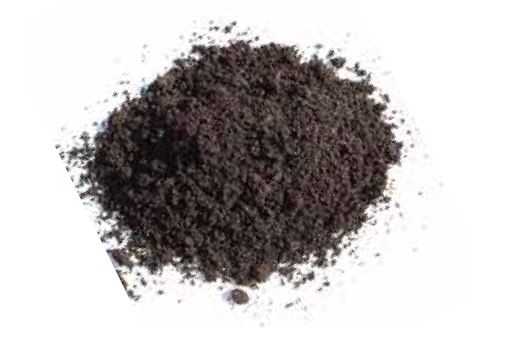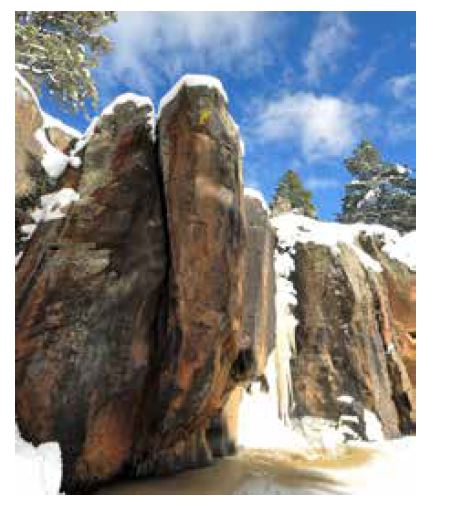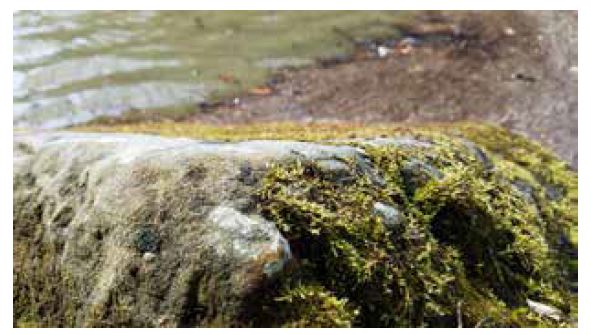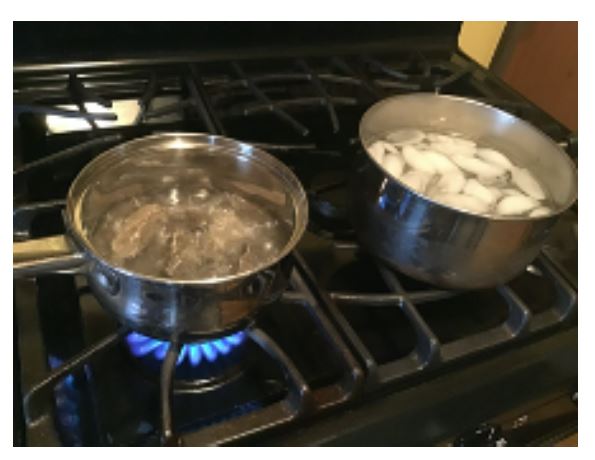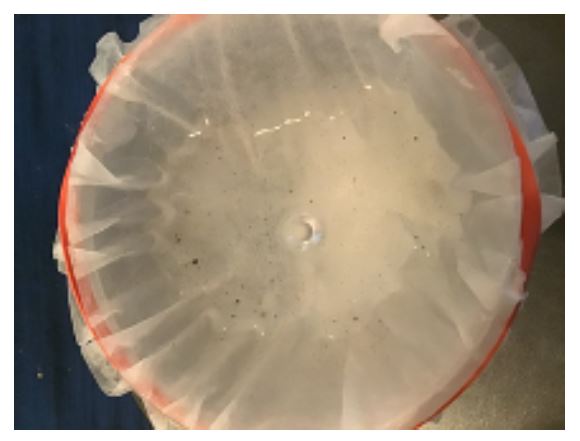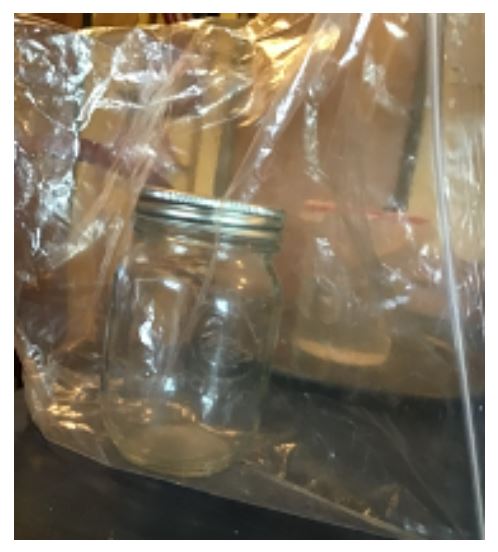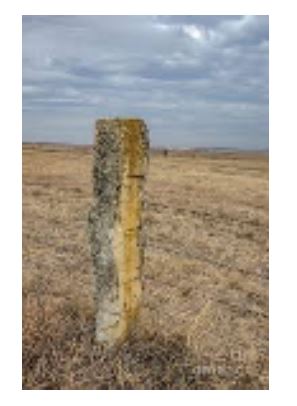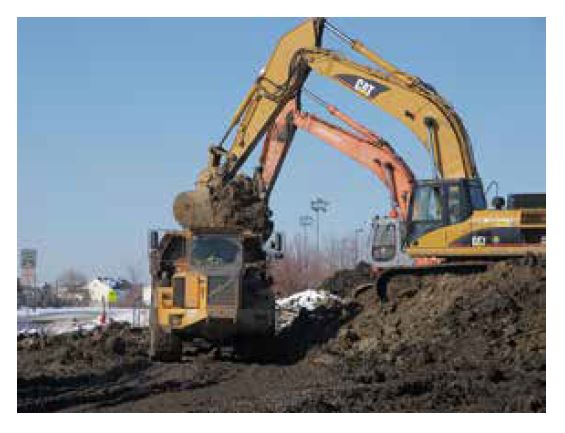TEACH-FLEX
Creating Soil
Grade Levels: 3rd Grade,4th Grade,5th Grade
What is soil? How is it made? What does rock have to do with making soil? In this lesson students will learn how rock becomes soil and what factors are involved in that process. Students will conduct two activities testing how they can speed up the process of turning rock to soil.
This lesson is the work product of the Kansas Corn Commission. Our lessons are written in collaboration with Kansas teachers for use in the classroom. Teachers may copy and share this curriculum. Use of this product for commercial or promotional use is prohibited without express permission of Kansas Corn.
Newsletter Sign Up
Each quarter we release a newsletter written by teachers for teachers. This is an easy way to keep up with what is happening at Kansas Corn STEM.
Subscribe Today!


